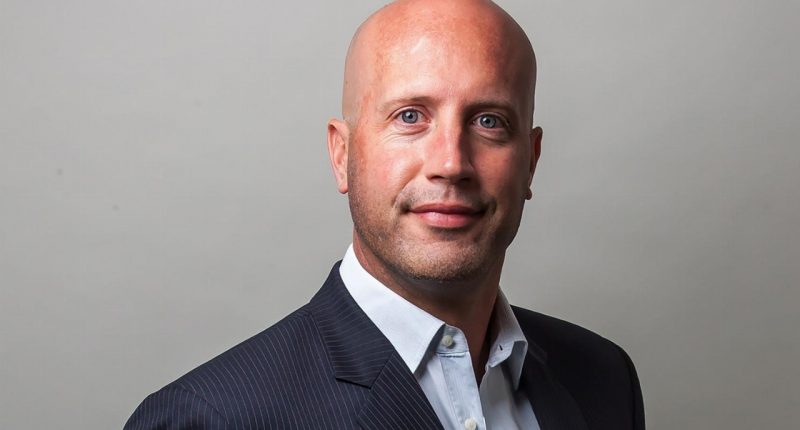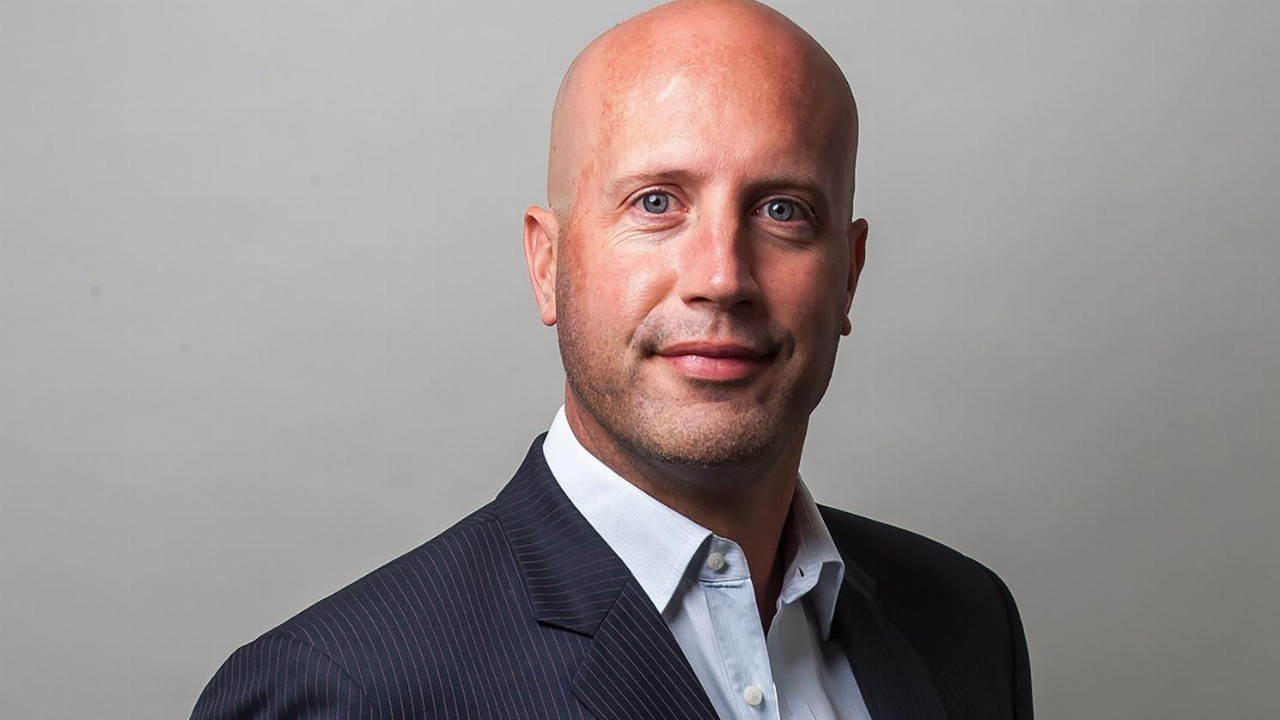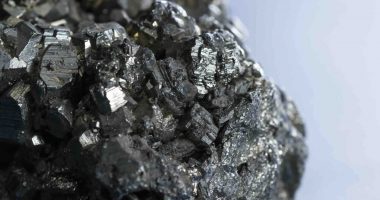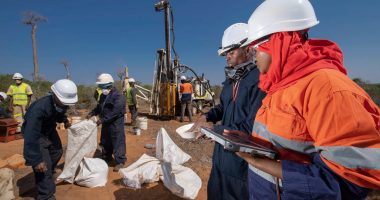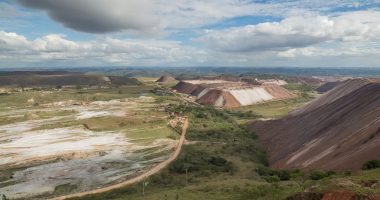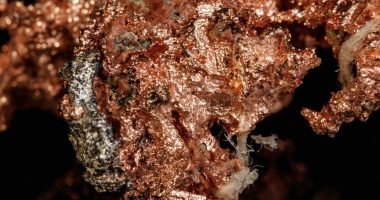- Greenland Minerals (GGG) is “seeking further advice” after Greenland’s Government passed new legislation that bans uranium mining in the country
- The laws prohibit the exploration and exploitation of uranium, specifically uranium content that occurs at more than 100 parts per million (ppm)
- As a result, the company’s plans for its Kvanefjeld Project — thought to hold the largest deposit of rare earth metals outside of China — have been thrown into disarray
- The company is trying to determine exactly how the legislation impacts the project and whether modifications need to be made
- Shares in Greenland Minerals are down 28.8 per cent to 8.9 cents each as of 1:40 pm AEDT
Greenland Minerals (GGG) is “seeking further advice” after Greenland’s Government passed new legislation that bans uranium mining in the country.
The laws prohibit the investigation, exploration and exploitation of uranium, specifically uranium content that occurs at more than 100 parts per million (ppm), which the World Nuclear Association considers a very low grade.
It also allows the government to extend that prohibition to include other radioactive elements, such as thorium, and serves to reverse various initiatives and policies that had been put in place by previous governments.
Under those earlier administrations, Greenland Minerals had been on track to gain final approval for its Kvanefjeld Project, which is thought to hold the largest deposit of rare earth metals outside of China. However, locals fear it could harm the country’s fragile environment.
That approval plan was thrown into disarray when the left-leaning Inuit Ataqatigiit — “Community of the People” — party campaigned aggressively against Kvanefjeld, claimed victory in Greenland’s election in April.
The Inuit Ataqatigiit’s stance represents a sweeping change compared to that of the social democratic Siumut party, which — with the exception of 2009 to 2013 — led the country since 1979 and helped secure preliminary approval for Kvanefjeld.
Wholly owned by Greenland Minerals, Kvanefjeld is underpinned by an ore reserve estimate of 108 million tonnes at 1.43 per cent rare earth oxide, 0.26 per cent zinc and 0.036 per cent uranium oxide.
Based on the current development strategy for the project, and if mined as a by-product of rare earth production, the company claims uranium oxide would contribute roughly five per cent of project revenues.
Greenland Minerals also said it was not aware of any technical, radiological, or health and safety reasons why Greenland’s Government selected a threshold level of 100ppm uranium for the legislation.
“GGG is seeking further advice as to how the legislation may impact the proposed development strategy for Kvanefjeld, and whether modifications to the project will be required,” Greenland Minerals said in a statement today.
“The company has communicated with the Greenland Government to reiterate that there has always been flexibility to how Kvanefjeld can be developed, including scenarios where uranium is not produced in Greenland.”
Greenland Minerals also cited a radiological assessment of Kvanefjeld by independent specialist consultancy Arcadis, which found that the project “is expected to release only small amounts of additional radioactivity to the environment and is not expected to result in an adverse effect, or significant harm, to wildlife or people that live or visit the area”.
However, a letter published in February by NOAH Friends of the Earth Denmark’s Uranium Group raised more serious concerns.
“The Danish Risø National Laboratory has estimated that up to a thousand tons of radioactive dust might be released annually from just the Kvanefjeld open pit mine due to material handling, hauling and blasting and from the ore stock and waste rock piles,” the letter said.
“Furthermore, if the tailings by some unforeseen cause such as leakages, technical problems, etc. would turn dry, massive amounts of radioactive and toxic dust would be blown away.”
Because of the dust, the letter continued, domestic animals and wildlife in the contaminated areas would be “chronically exposed” to radioactive and other toxic species via drinking water, food and air.
Eclipse Minerals (EPM), another Greenland rare earths and uranium player, has seemingly been caught up in the aftermath, with shares tumbling nearly 12 per cent this morning despite the fact that the company said its Ivittuut projects contains no uranium.
Shares in Greenland Minerals are down 28.8 per cent to 8.9 cents each as of 1:40 pm AEDT.

